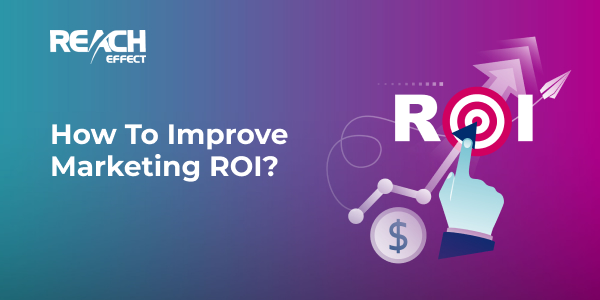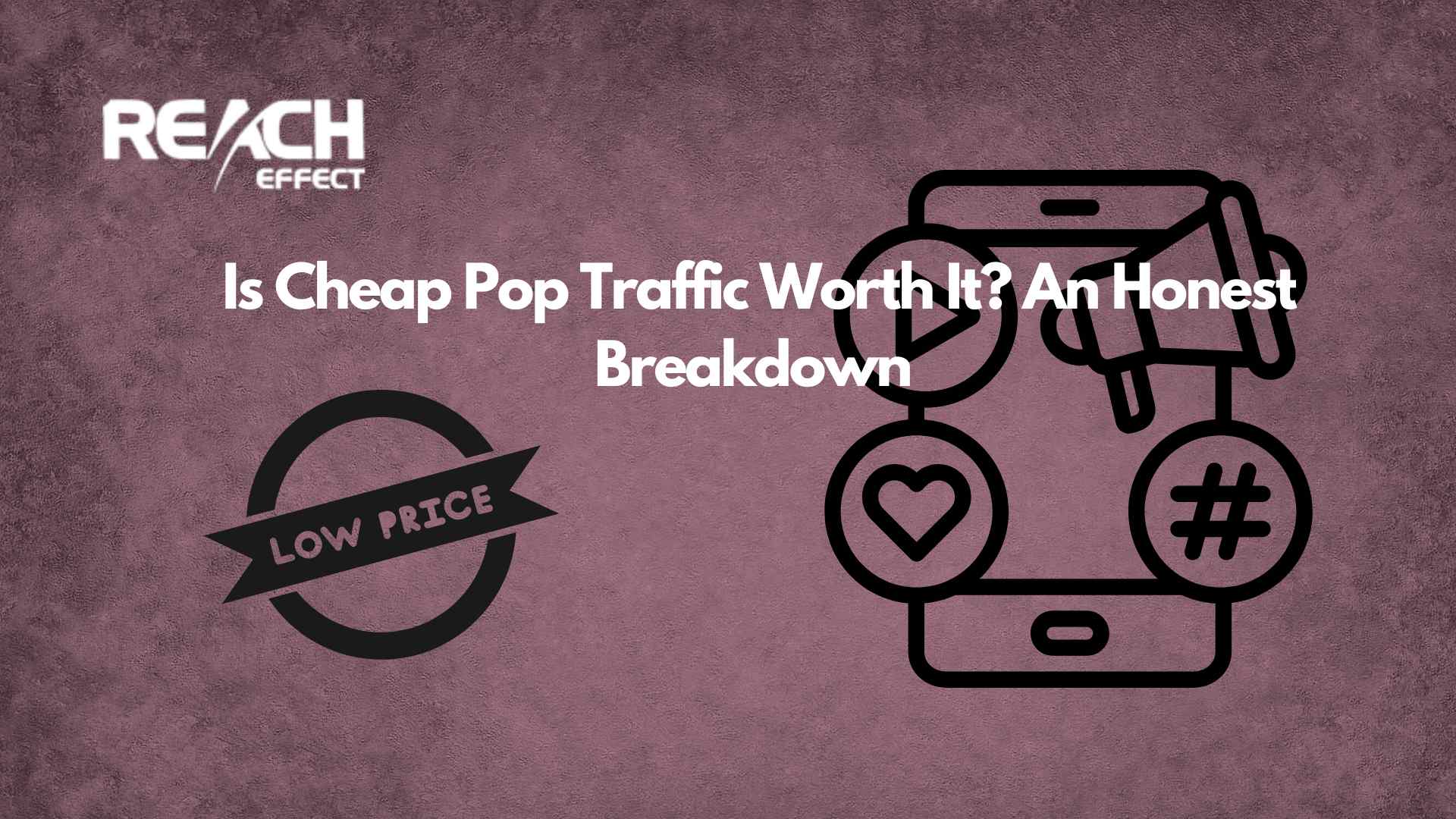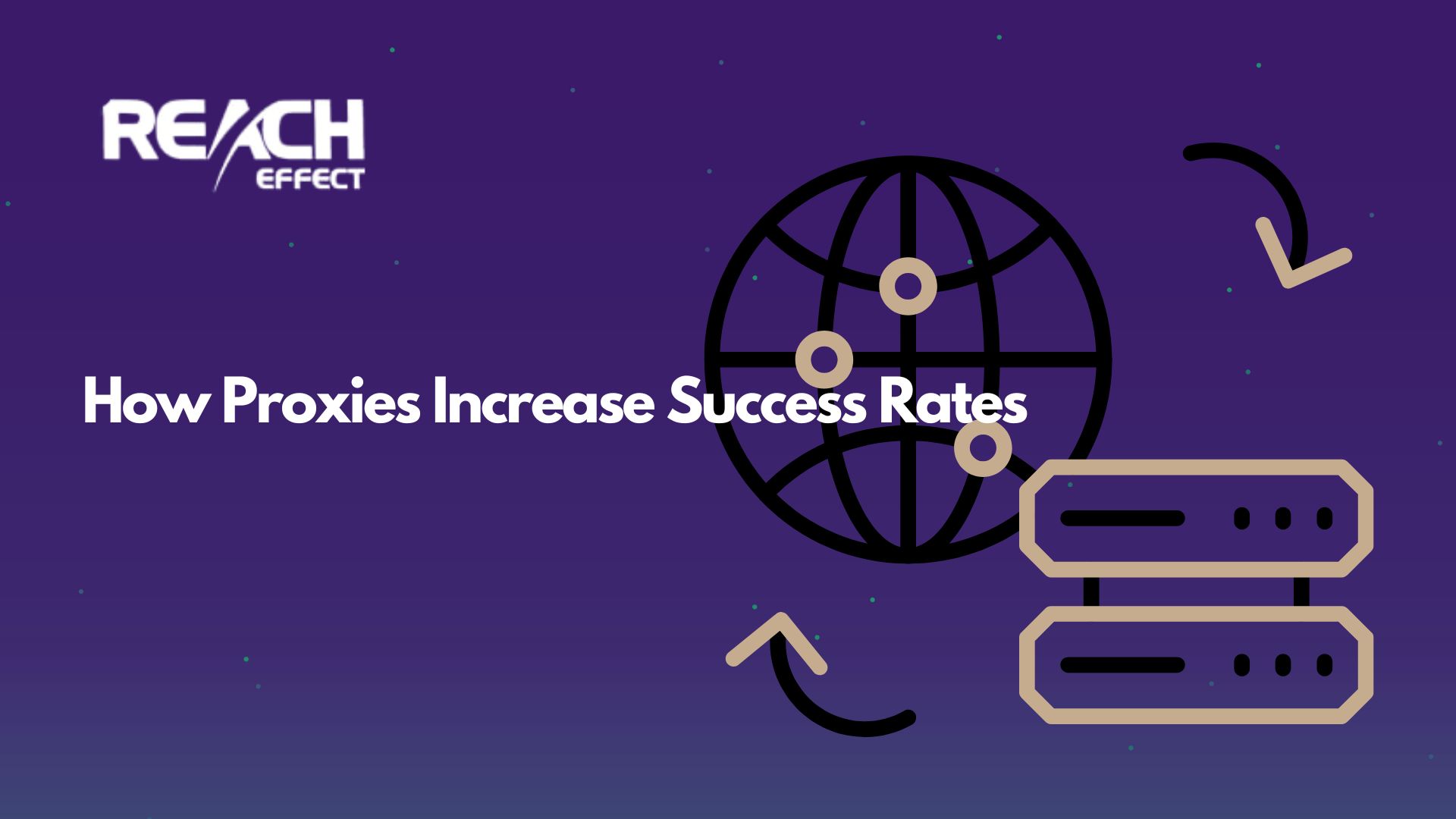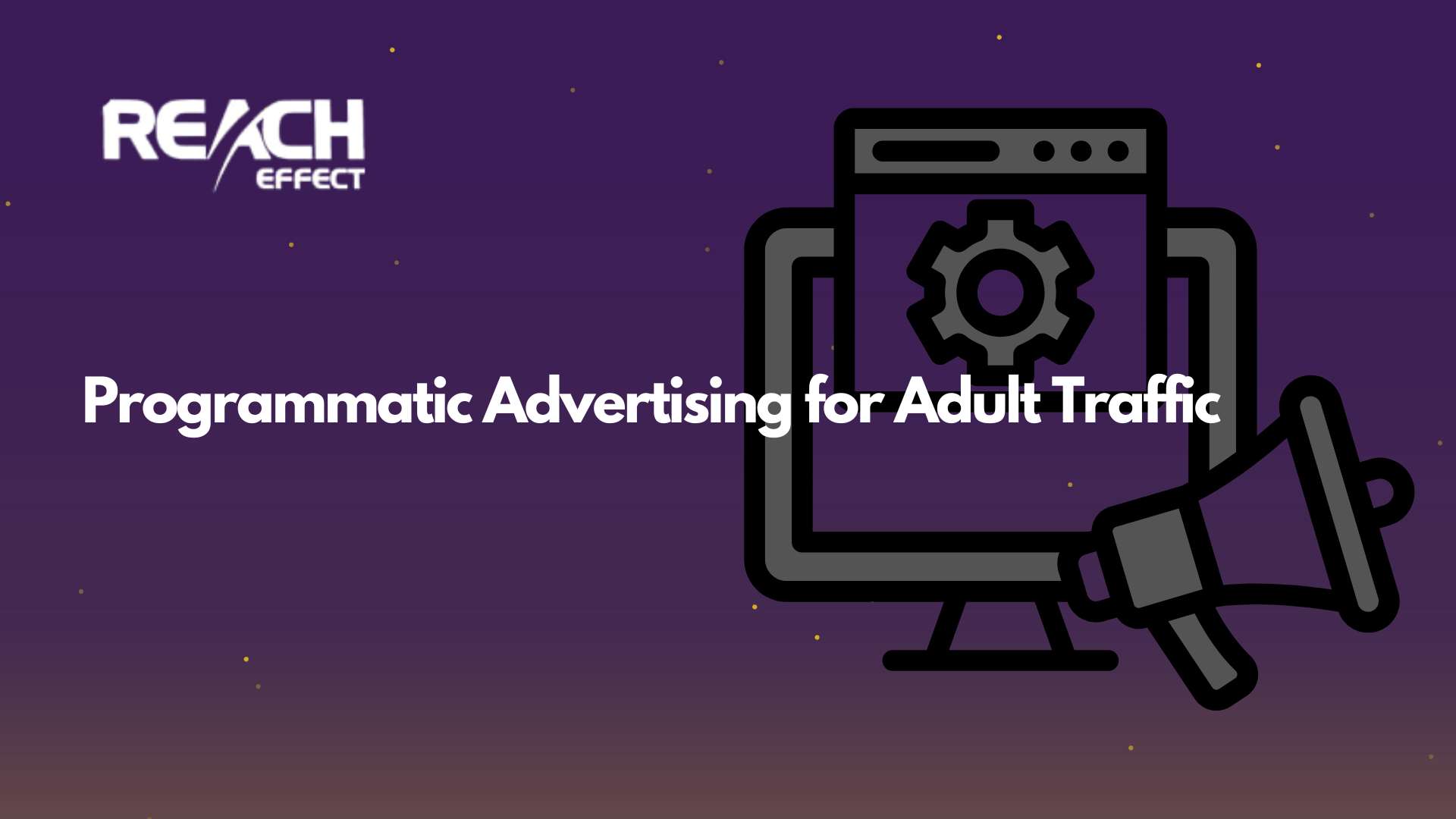It is a pivotal goal for those seeking to better their selling efforts. Efficiency is paramount in a landscape saturated with diverse channels and consumer touchpoints. This series will explore actionable steps and analytics. Also, we delve into innovative paths about how to improve marketing ROI. They are about harnessing the authority of data analytics to refine targeting through client division. It helps to optimize digital campaigns and embrace emerging technologies. Each installment will delve into practical methodologies. We will give you info on how to improve ROI and increase the number of conversions.
Thank you for reading this post, don't forget to subscribe!Basics of ROI in Marketing
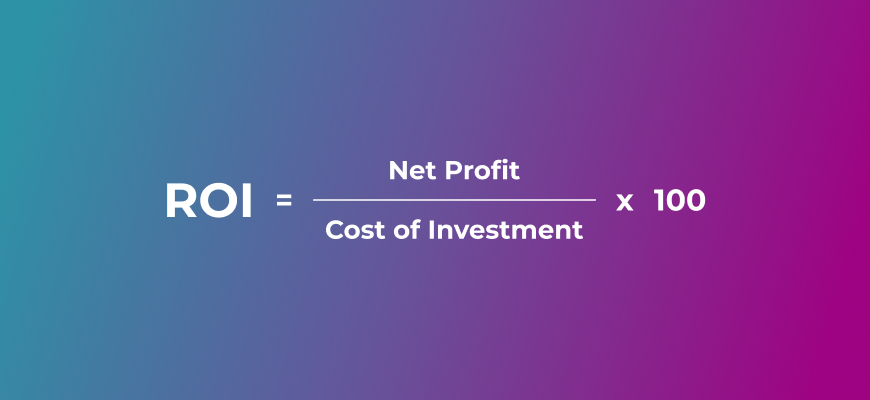
It is a monetary cadent that quantifies the profitability of a backing relative to its cost. In selling, ROI strategy is a crucial indicator of the potency of promotions. It helps to assess the returns generated from your selling expenditures. Understanding such a concept is essential for gauging the impact of campaigns on the company’s bottom line. It guides decision-making by identifying which plans deliver the best results. It allows you to divide resources more effectively. Also, to maximize the efficiency of your selling efforts.
Calculation of ROI:
The formula is:
- ROI = (Net Profit / Cost of Investment) × 100
Net Profit:
- Subtract the total cost of the promotions from the total revenue generated. This figure represents the net profit directly because of the selling investment.
Cost of Investment:
- Include all costs associated with the promotion. Among them are ad expenses, staff salaries, and other related fees.
Calculation:
- Divide the net profit by the investment cost and multiply by 100 to express the result as a percentage.
A positive indicates the campaign generated more revenue than the cost invested. At the same time, a negative one signals a loss.
Strategies for Improving ROI in Marketing

Targeting the right audience through meticulous division is vital for maximizing ROI. Also, leverage customer analytics for individualized campaigns. Better marketing channels by analyzing performance metrics and allocating budgets judiciously. and integrating multichannel steps. Use data analytics for real-time tracking, A/B testing, and predictive insights, ensuring a dynamic approach. These plans collectively refine promotions, maximizing efficiency and directing resources. There, they generate the highest returns.
Targeting the right audience
It is paramount for marketing success. Through meticulous division, you can craft individualized campaigns. That resonates with specific customer groups. Utilizing customer analytics provides invaluable insights. Such an ROI strategy allows for tailored messaging and more effective engagement. This precision enhances the likelihood of conversions and optimizes resource allocation. It ensures that marketing efforts focus on suitable audiences.
Optimizing selling channels
It is crucial to improve ROI. Conduct a thorough analysis of each channel’s achievement and consider critical metrics. Among them are conversion rates and acquisition costs. Divide budgets strategically based on the channel’s resultativeness. Integrate a cohesive multichannel plan for a seamless customer experience. This approach ensures the direction of resources where they generate the highest returns.
Leveraging data analytics
Businesses gain actionable insights through in-depth analysis of user behaviors and campaign performance. Real-time tracking, A/B testing, and predictive analytics empower marketers to make the right decisions. They ensure promotions are finely tuned for the most excellent potency. This strategic use of data optimizes resource allocation. It contributes to enhanced return on investment in selling endeavors.
Conclusion
The plans will help you to improve ROI. At ReachEffect, we’re committed to providing a platform where these principles come to life. Join us, make a deposit, and engage with our traffic. Let’s embark on a journey of maximizing results together.

